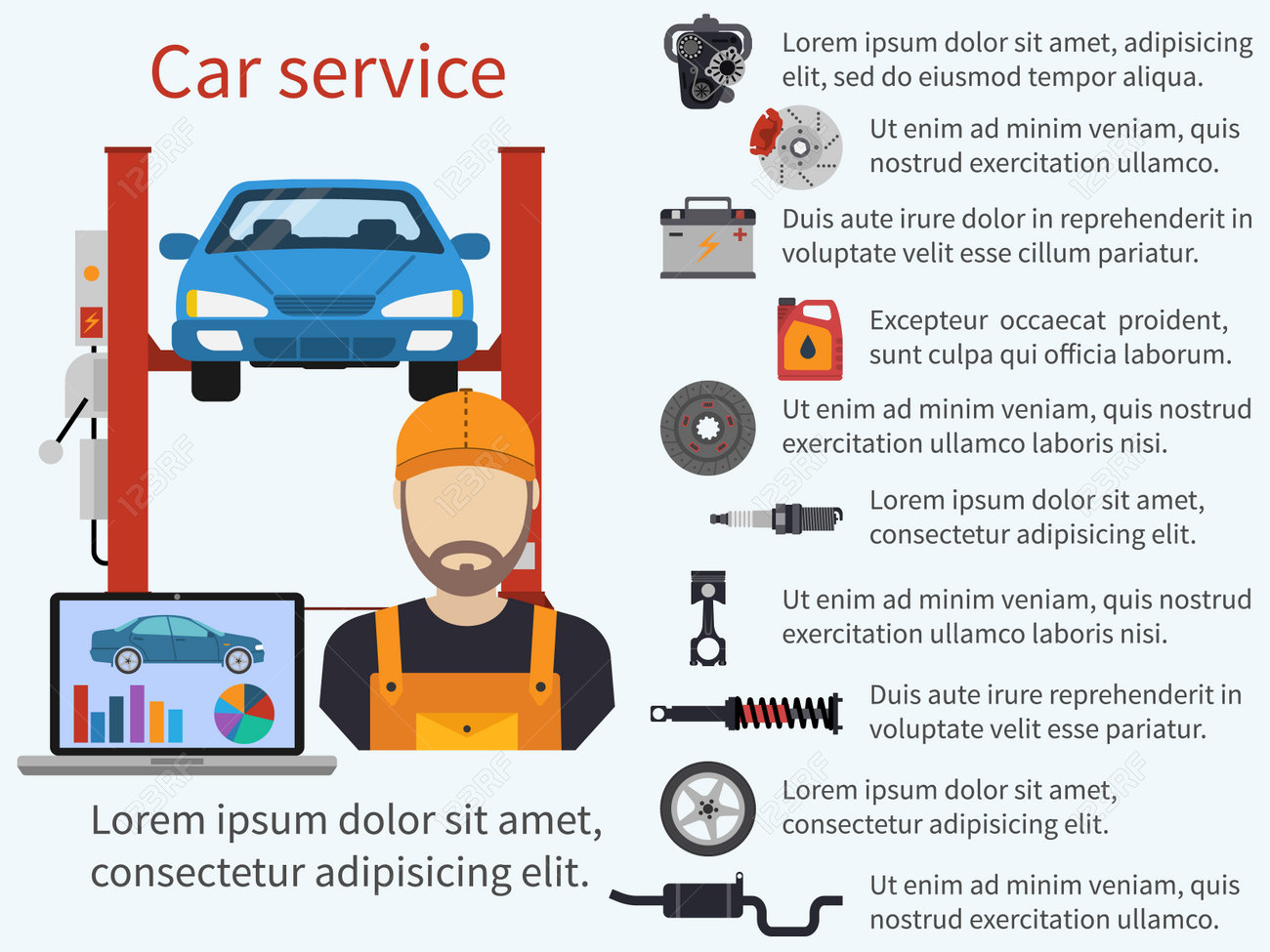Translating Your Vehicle'S Caution Indicators: What They Really Symbolize
Translating Your Vehicle'S Caution Indicators: What They Really Symbolize
Blog Article
Authored By-Hartley Corbett
When you lag the wheel, those glowing warning lights on your control panel can be a little bit difficult. Do you understand what they're attempting to inform you about your cars and truck's wellness? Comprehending the significance of these lights is vital for your safety and the durability of your vehicle. So, the next time one of those lights appears, would not you want to decipher its message accurately and take the necessary steps to resolve it?
Common Caution Lighting and Interpretations
Determine common warning lights in your auto and understand their meanings to ensure secure driving.
One of the most normal warning lights include the check engine light, which signifies concerns with the engine or emissions system. If this light begins, it's crucial to have your vehicle examined without delay.
The oil pressure warning light indicates reduced oil stress, calling for prompt attention to avoid engine damage.
A blinking battery light could recommend a malfunctioning billing system, potentially leaving you stranded if not dealt with.
The tire stress monitoring system (TPMS) light signals you to low tire pressure, affecting vehicle stability and gas efficiency. Ignoring this can lead to risky driving conditions.
The ABS light suggests an issue with the anti-lock stopping system, endangering your capability to quit rapidly in emergencies.
https://brake-change17284.bloggerbags.com/35445812/recognize-the-fundamental-steps-to-uncover-a-trustworthy-auto-repair-shop-that-will-ensure-your-automobile-stays-in-prime-problem-your-lorry-is-entitled-to-the-finest-solution-offered but not least, the coolant temperature level warning light warns of engine overheating, which can lead to serious damage otherwise dealt with quickly.
Comprehending these typical caution lights will certainly assist you attend to problems promptly and maintain secure driving conditions.
Importance of Prompt Attention
Comprehending the typical warning lights in your auto is just the very first step; the significance of without delay addressing these warnings can't be emphasized sufficient to guarantee your safety and security when driving.
When a warning light brightens on your control panel, it's your auto's method of connecting a possible problem that needs focus. Neglecting these warnings can lead to much more extreme issues down the road, jeopardizing your security and potentially costing you a lot more in repairs.
http://www.bristolpress.com/BP-Bristol+News/406954/bristol-police-partnering-with-auto-repair-shop-to-deter-thefts-by-etching-vins-into-catalytic-converters to warning lights can stop break downs and crashes. As an example, a flashing check engine light can indicate a misfire that, if left neglected, can trigger damages to the catalytic converter. Addressing this immediately can save you from a costly repair service.
Similarly, a brake system cautioning light may indicate low brake fluid or used brake pads, important components for your safety when driving.
DIY Troubleshooting Tips
If you observe a caution light on your control panel, there are a couple of DIY repairing pointers you can attempt prior to looking for expert assistance.
The very first step is to consult your car's guidebook to recognize what the certain caution light suggests. Occasionally the concern can be as straightforward as a loose gas cap causing the check engine light. Tightening up the gas cap might solve the issue.
One more usual issue is a low battery, which can cause different advising lights. Examining the battery links for deterioration and ensuring they're safe could repair the trouble.
If a caution light lingers, you can try resetting it by separating the auto's battery for a few minutes and after that reconnecting it. Furthermore, inspecting your car's fluid degrees, such as oil, coolant, and brake fluid, can help troubleshoot cautioning lights associated with these systems.
Final thought
Finally, recognizing your auto's warning lights is crucial for keeping your automobile running efficiently and safely. By without delay attending to these signals and understanding what they indicate, you can stay clear of expensive repair services and possible failures.
Remember to consult your automobile's handbook for specific information on each cautioning light and take action appropriately to make sure a hassle-free driving experience.
Remain notified, remain safe when driving!
